What’s happening now with the Salvinia plant at Lake Ossa?
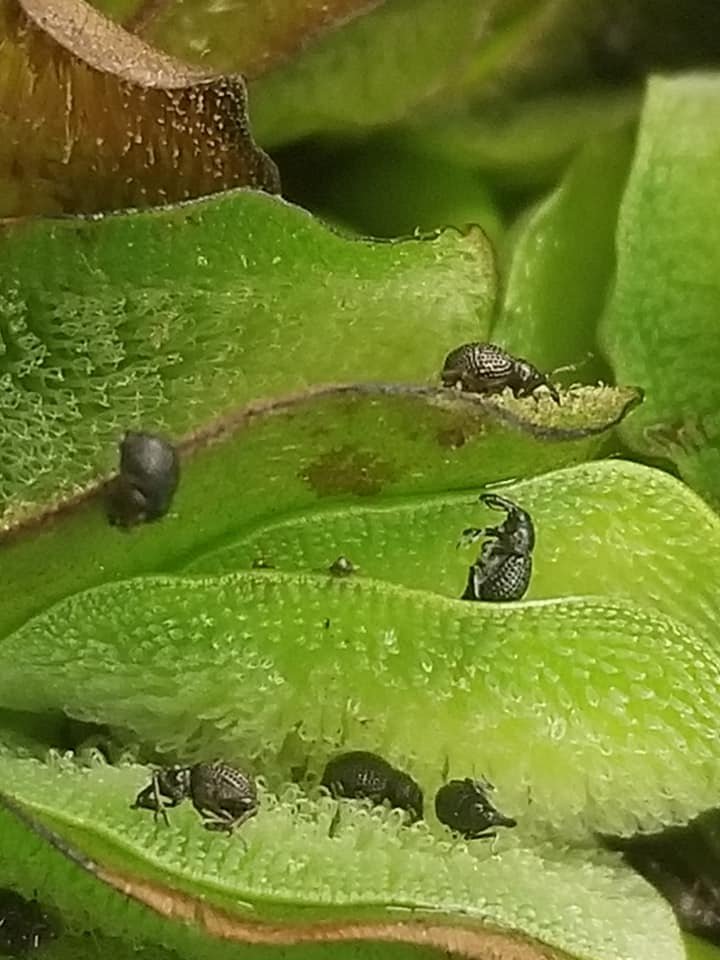
“We have the import permit”, joyfully exclaims Aristide. After several months of discussions with the government of Cameroon, AMMCO was able to secure in November 2019 an import permit for the Salvinia weevil that will help us eradicate the Salvinia plant that now covers more than a third of lake Ossa. This is a major first step to save the habitat of the African manatee in Cameroon, a species classified as "Vulnerable" on the IUCN red list, and the beginning of the biological control project with the support of IUCN Save Our Species, co-funded by the European Union.
It may sound like an easy solution to spread weevils on a lake and let thousands of those beetles eat an invasive plant. But biological control without proper study and planning can lead to more disastrous results as past experiences have shown around the world with insects like the Asian lady beetle and amphibians like the cane toad that not only countered invasive pests but became pests themselves by eating their hometown counterparts. Luckily, the Salvinia weevil has been studied for more than 25 years and has shown no impact on other species as it solely feeds on the salvinia plant. Furthermore, we worked with our partners, the Louisiana State University and the Department of Agriculture of Cameroon to put together a plan that will ensure a controlled release of the weevils on lake Ossa.
The plan starts with the actual importation of the weevils. This first step takes us to one of the artificial infested ponds of the Louisiana State University where the team of the Department of Entomology mass rears weevils to fight infestations across the United States. To maximize the chance of success, the key criteria is to have a healthy number of weevils that is high enough so that they can reproduce and spread fast once in Cameroon. Too small a number and they may all die during transportation or shortly after arrival. Weevils can live up to 6 months and a batch will contain juveniles as well as old beetles. As a result and before the population starts to increase exponentially after the young adults mate and reproduce, the weevil population initially dropped after arriving in Cameroon. This is why that seed batch is critical and why the team went through the tedious task of doing a precise inventory of the number of insects by picking weevils one by one from the pond and putting them in a cooler with fresh Salvinia plants that will serve as food for the long trip to Cameroon.
A lake the size of lake Ossa, 4 square kilometers or 15 square miles, will require hundreds of thousands if not millions of weevils. The bigger the initial batch, the faster we can reach a critical mass of insects. A controlled release of the insects on the lake will increase their density in a small area and help them find each other to mate. Instead, an uncontrolled release from a small initial batch will allow a small number of insects to spread but they will unlikely come into contact with each other and the population will die. A couple of thousands of weevils to start with is considered a good initial batch.
Unfortunately, the Salvinia weevil likes warm temperatures and its population in Louisiana is at its lowest during winter. The team was only able to collect 350 weevils in December, of which an estimated 250 survived the journey to Cameroon. Since such a small number of insects cannot be directly released on the lake, the eradication project will have to take place in phases. And while the Salvinia continues to spread on the lake, we are mass rearing the weevils in containers and are slowly moving them to bigger ones until they reach a critical mass for a first release on the lake. A second batch of 600 weevils has been shipped to Cameroon to increase the initial stock and expedite the mass rearing. Female weevils can lay up to 200 eggs during their adult life and properly supervised, the population of beetles can exponentially reach a massive number that will guarantee a successful outcome with our eradication plan. With the next generation of insects out in about 6 weeks, we believe that after a couple of generations, roughly three months later, we’ll have enough weevils for a field release. This should be during summer.
In the meantime, we continue to sensitize the local community and work with them to organize hand-removal campaigns in critical areas such as corridors and fishing zone



.jpg)











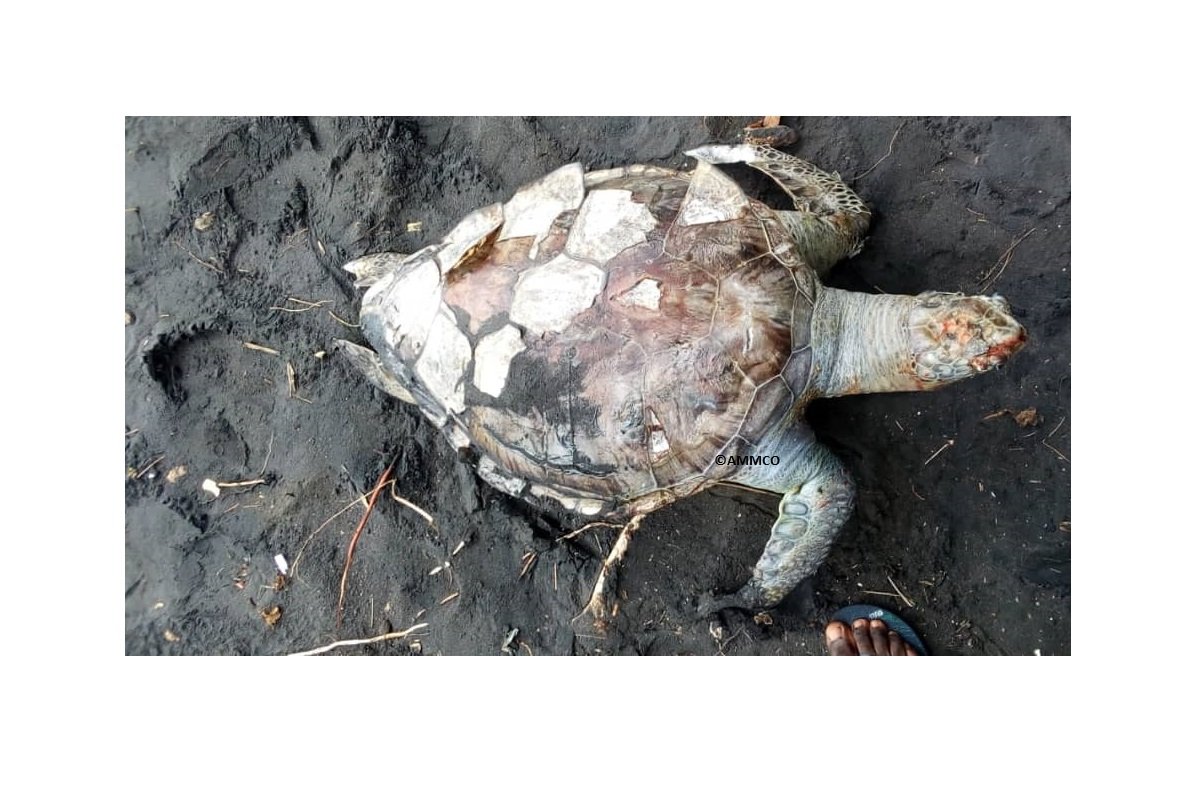


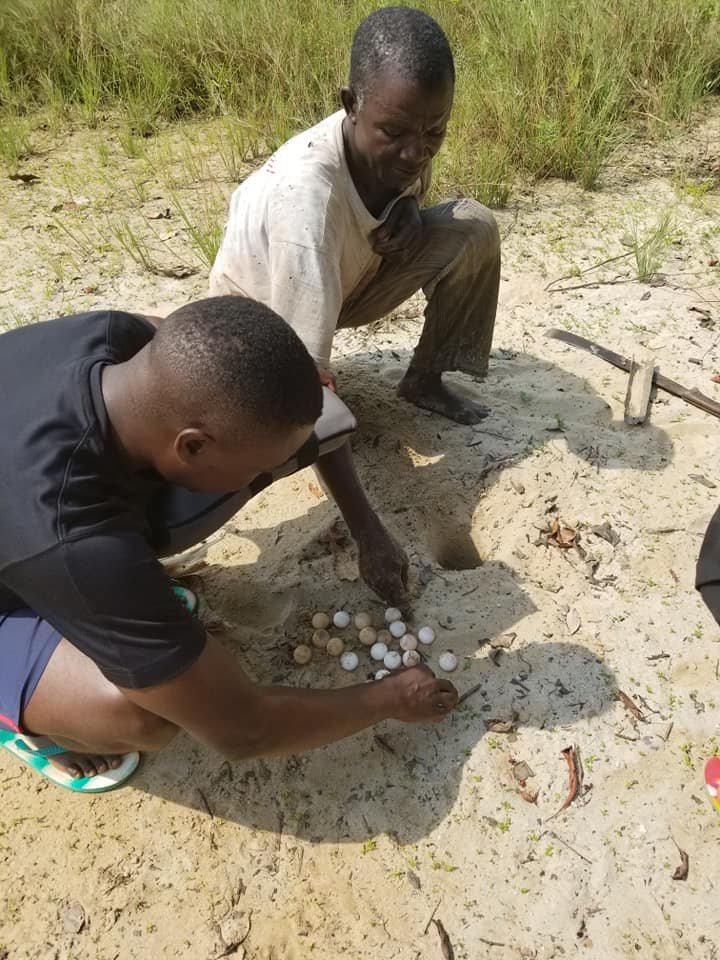
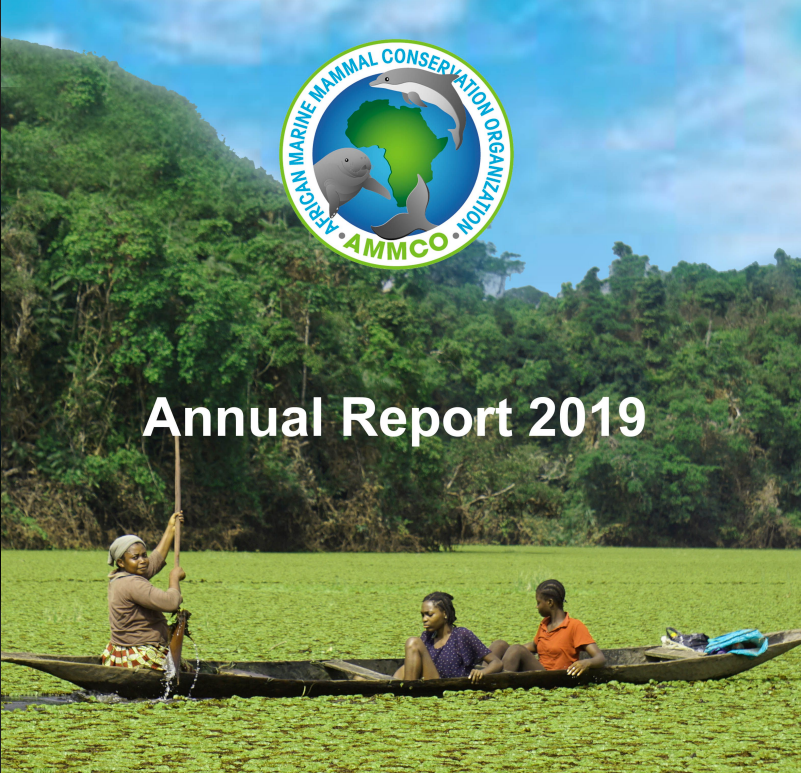




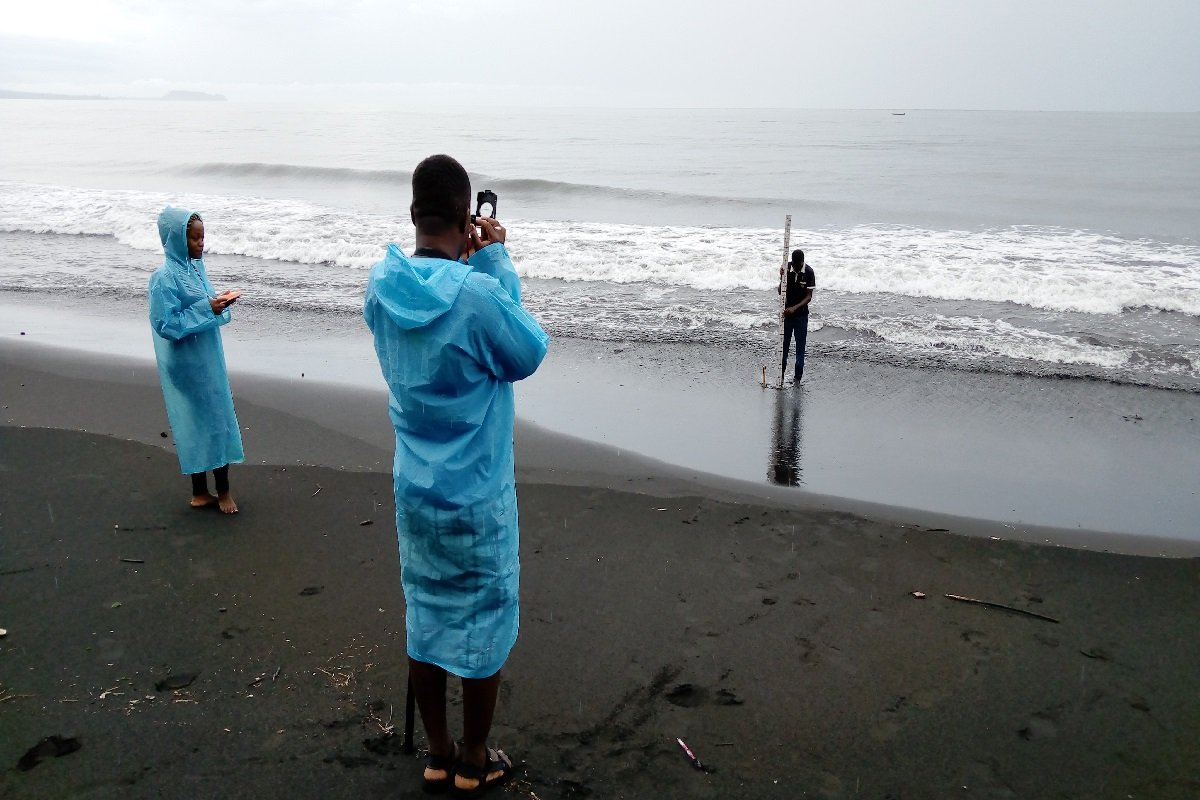
.jpg)

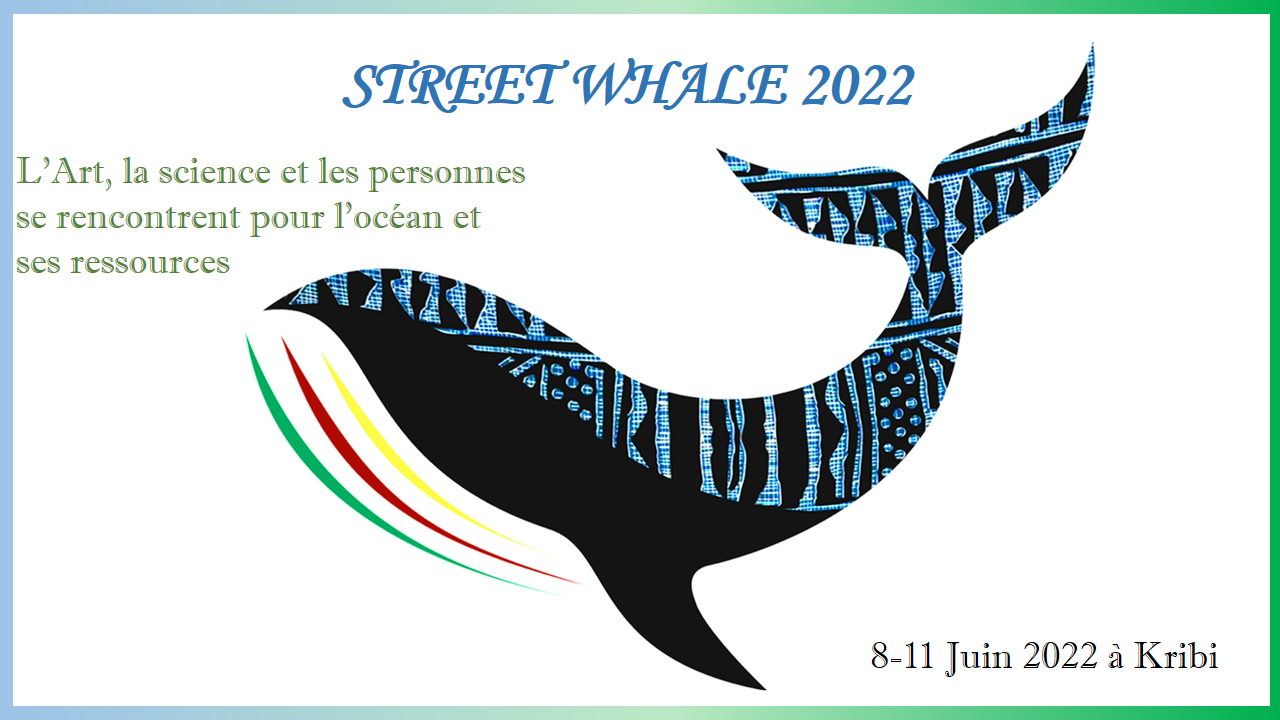
.jpeg)



.jpeg)




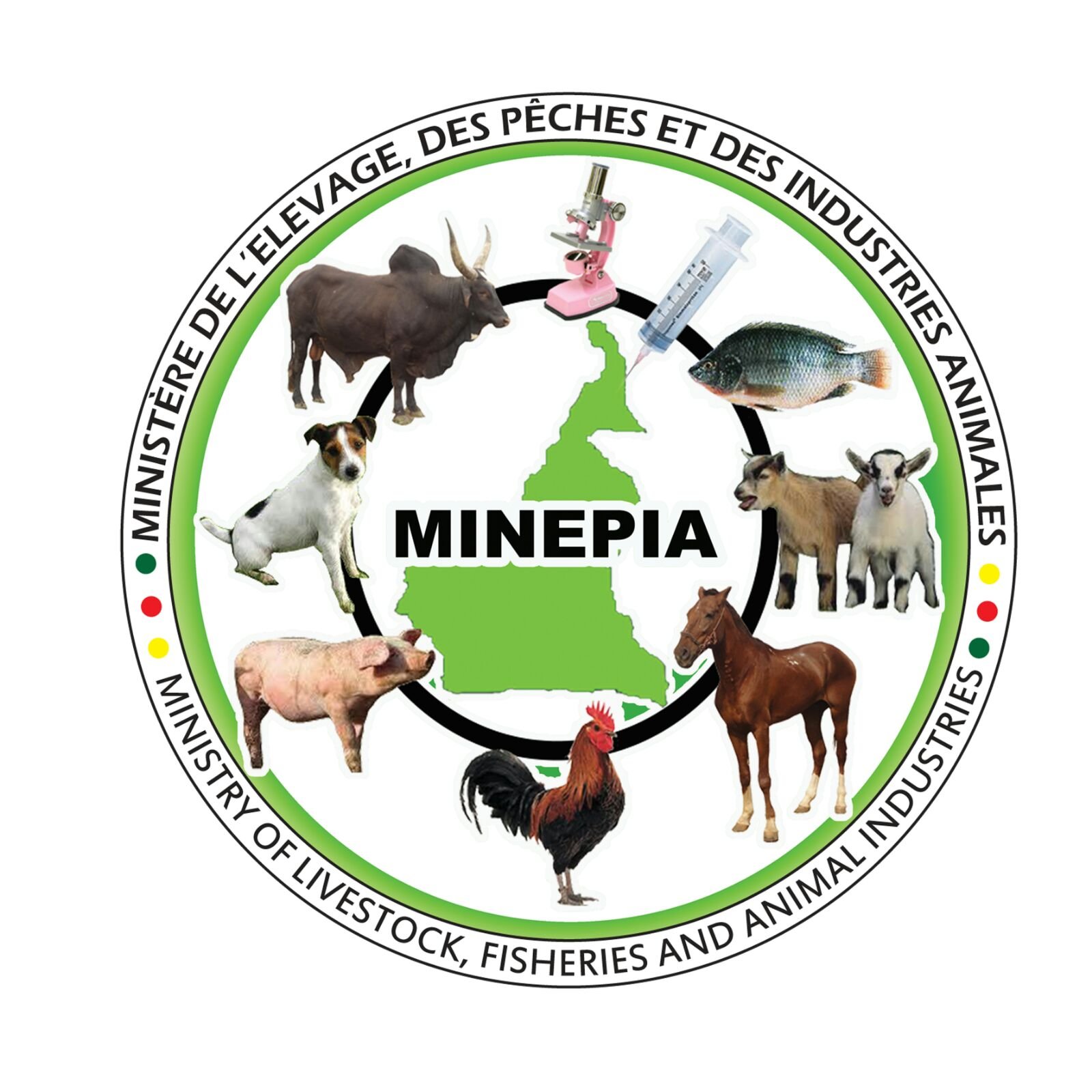
.jpg)












.jpeg)
.jpeg)






